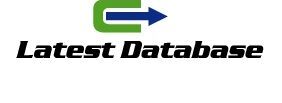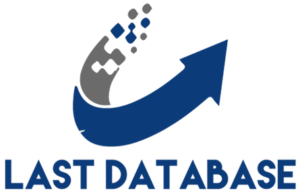Therefore, this problem must be solved.
Using differential privacy to achieve This method anonymous and secure intersection
The solution to this problem is to add some “obfuscated IDs”. The so-called “obfuscated IDs”, also known as “random noise”, means that when advertisers match with media, they randomly add many other IDs that are not related to the advertiser’s consumers. In this way, the media will not know who the advertiser’s real consumers are.
For example, advertiser A has 5,000 consumer mobile phone numbers and wants to match them with media B. However, in order not to expose these IDs to the media, 45,000 other mobile phone numbers are mixed in. In this way, 50,000 mobile phone numbers are collected to match with the media.
The media, of course This method
Does not know which of these 50,000 mobile phone five b2b sales trends you need to know for 2025 numbers are the advertiser’s consumers. The advertiser’s ID is thus kept confidential!
Mixing obfuscated data” is called “differential privacy”. There are many methods of differential privacy, and the one discussed here is only the easiest to understand. Other methods of mixing obfuscated data are based on various algorithms to ensure the effect of obfuscation, so I will not introduce them here.
ID matching with differential privacy is also ftc sued meta (formerly facebook) for called “anonymous secure intersection”.
Figure 2:
Secure intersection based on
Confusion difference” (see attachment)
At this point, you must be confused. According to this matching method, won’t the advertiser’s data also be polluted? For example, the advertiser wants to find a group of people similar to the 5,000 consumers he already has, but the media is looking for similar and aero leads data people according to the “watered-down” 50,000 people. Although the advertiser has kept the secret, the marketing effect is completely different! Your concerns are not unnecessary, this is definitely a very serious problem. In order to solve this problem, we need to introduce something new.






